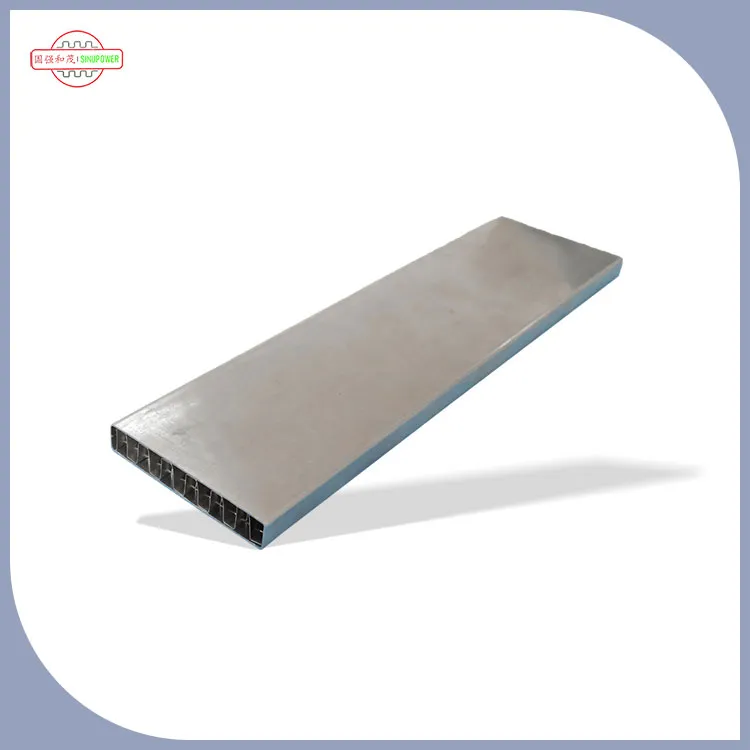The key differences between a thermosyphon and a heat pipe lie in their operating principles and mechanisms for fluid circulation.
A thermosyphon relies primarily on gravity or mechanical means to drive the circulation of its working fluid. It utilizes the counter-current flow of the liquid and vapor phases for heat transfer.
In a thermosyphon, the condensed fluid returns to the heated region (evaporator) through gravity or mechanical forces, rather than relying on a wick structure as in heat pipes.
A closed two-phase thermosyphon typically consists of a liquid pool in the heated section (evaporator), an adiabatic section, and a cooled or condenser section.
Thermosyphons are used in a variety of heat exchanger applications, ranging from energy conversion systems to electronics cooling.

A heat pipe employs capillary pumping forces, typically provided by a wick structure lining the inside walls of the pipe, to drive the circulation of its working fluid. This ensures continuous fluid circulation and efficient heat transfer.
In a heat pipe, the working fluid evaporates at the heated end (evaporator), condenses at the cooled end (condenser), and is then returned to the evaporator through the wick structure.
A heat pipe typically consists of a sealed tube partially filled with a volatile fluid and a wick structure lining the inside walls.
Heat pipes are widely used in various heat transfer applications due to their high thermal efficiency and ability to transfer large amounts of heat over long distances with minimal temperature difference.
The main difference lies in how the two devices circulate their working fluids. Thermosyphons rely on gravity or mechanical means, while heat pipes utilize capillary pumping forces provided by a wick structure. This difference affects their operating principles, structures, and suitability for specific applications.